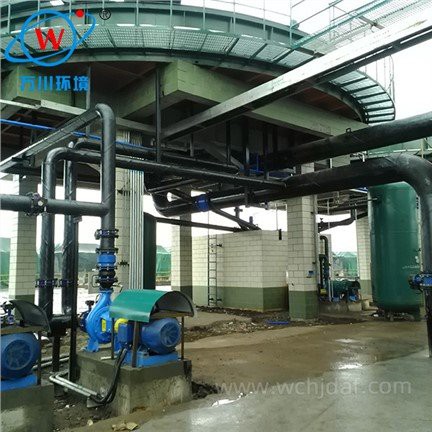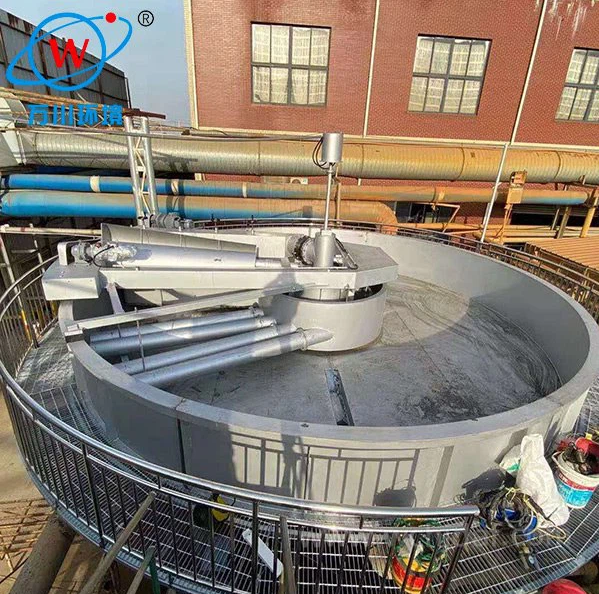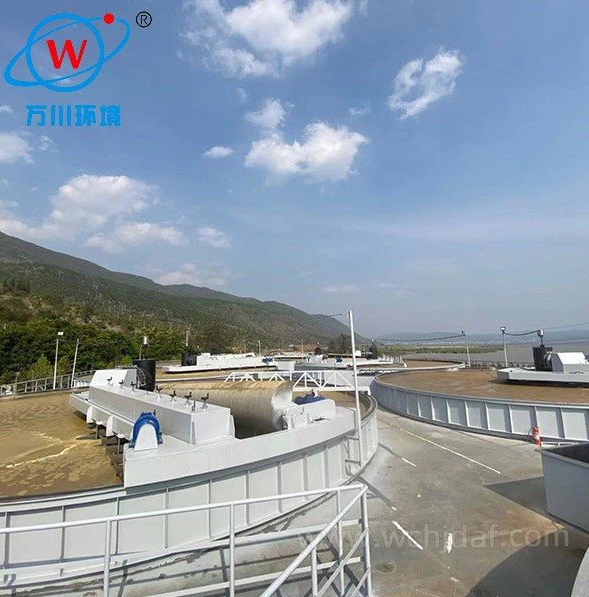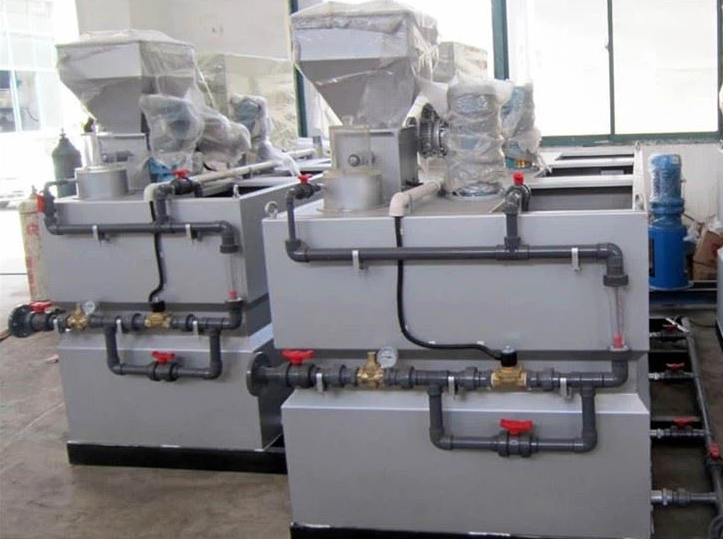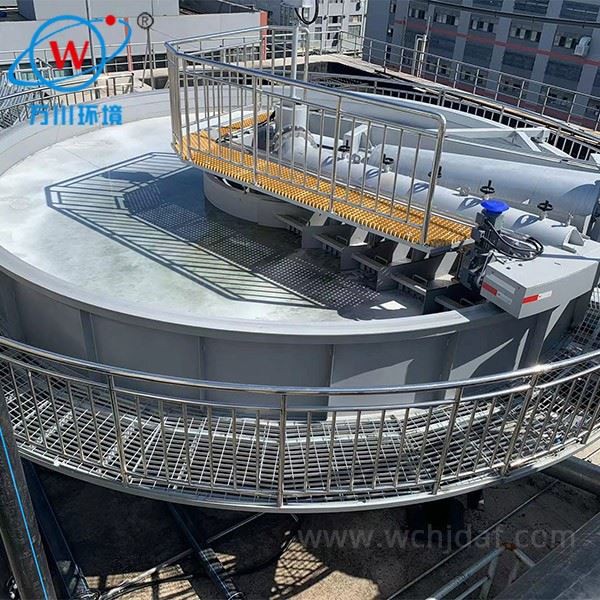Environmental Benefits of High Efficiency Shallow Air Flotation (HESAF)
HESAF technology offers significant environmental advantages in wastewater treatment through efficient physical-chemical processes
Key Environmental Advantages
- Reduced chemical usage compared to traditional methods
- High treatment efficiency with minimal energy consumption
- Lower carbon footprint per unit of wastewater treated
- Effective pollutant separation and collection
- Contribution to sustainable water treatment solutions
HESAF is a physical-chemical water treatment method that reduces the reliance on excessive chemical additives compared to some traditional processes. By using air bubbles to separate suspended solids and pollutants from wastewater, it minimizes the potential environmental impact of chemical residues.
HESAF systems are designed to have high treatment efficiency in a relatively short time, consuming less energy and resources per unit of wastewater treated. This energy-efficient operation helps to lower the carbon footprint associated with water purification.
The environmental friendliness of HESAF depends on proper operation and maintenance. If the equipment malfunctions, it may lead to ineffective treatment and potential release of untreated pollutants. Moreover, the disposal of concentrated sludge generated during the flotation process needs to be managed in an environmentally sound manner.
When properly implemented and managed, high efficiency shallow air flotation can play a crucial role in sustainable wastewater treatment, contributing to environmental protection by combining efficient physical separation with minimized chemical use.
HESAF represents an environmentally conscious approach to wastewater treatment that balances efficiency, sustainability, and pollution prevention

